- Original article by Vickie Bennett, updated by Adam Barham, Art Library

The Sanderson Collection is a key resource for anyone interested in the history of clothing. The collection features a variety of rare printed materials concerning vintage fashion, including illustrations, photographs, magazines, books and ephemera. The materials cover several time periods: the earliest part of our collection dates back to the 1770s, while the latest dates from the 1950s.
The collection was curated by Kenneth Sanderson, a local man who was born in Leeds in the 1890s. As a child Kenneth was fascinated by the images embossed on his mother’s best china, which depicted people dressed in the styles of the 18th century. This fascination grew into a passion for all historical clothing and Kenneth devoted his life to collecting anything related to vintage fashion.

Kenneth eventually became a local celebrity. He was well known around Leeds for wearing outlandish vintage outfits, including flamboyant gowns coupled with long 18th-century wigs. During the 1930s he gave lectures about clothing history to Yorkshire schoolchildren. In the 1940s he was a presenter on BBC radio and often appeared on Children’s Hour to talk about the strange pieces in his fashion collection.
Described as ‘a sartorial feast’, Kenneth’s collection originally included textiles and costumes alongside a range of printed materials. The collection featured in newspaper articles and was often displayed in museums. In 1949 it was purchased by Leeds City Council, who decided to split the contents. The textiles and costumes were given to Leeds Museums, while the printed materials were given to Leeds Libraries. The printed items now reside in the Art Library at Leeds Central Library.
The highlights of the printed collection include:
Fashion Plates
The Collection of Fashion Plates is a set of four large scrapbooks containing illustrations of vintage costumes. The scrapbooks feature adults’ and children’s costumes from several time periods, with the earliest outfits dating back to the 1600s. The illustrations originally appeared in books and magazines published from the late 18th to the early 20th centuries. These illustrations were cut out from original publications owned by Mr Sanderson and then glued into the scrapbooks.

The scrapbooks include images from several British publications, such as The Lady’s Magazine, an early women’s journal that ran from 1770-1847, and Ackerman’s Repository of Arts, an 18th century periodical that had a great influence on English taste in fashion and literature. There are also illustrations from overseas magazines such as the Parisian Le Follet (1820s-90s).

Unlike the images in today’s magazines, the fashion plates were not intended to advertise clothing companies. Instead, they aimed to provide helpful style suggestions for magazine readers, giving a general idea of the outfits that were available to wear. Many of the outfits pictured would have been expensive to produce, meaning that they would only have been worn by richer people.
Photographs
The Collection of Fashion Photographs is a set of three volumes containing portrait photos of adults and children in vintage costumes. The photos were taken by professional photographers, most of whom were based around Leeds. They date from the 19th to the early 20th centuries. Most photos in the collection are of a type known as a ‘carte de visite’. A carte de visite, which translates as ‘visiting card’ in English, was a small photo mounted on a piece of card the size of a formal visiting card.
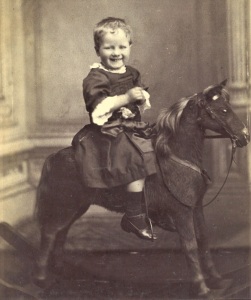
Visiting a professional photographers was a novel and exciting experience in the 19th century, so the subjects in the photos are all dressed to impress, wearing smart, presentable clothes. Some of these clothes would have been owned by the subjects themselves. For poorer people, however, the photographers would provide clothing to be worn for the photo shoot.
Magazines
The collection features a range of bound magazines dating from the 18th and 19th centuries. These include 19th-century fashion journals such as World of Fashion and Continental Feuilletons and The Gentleman’s Magazine of Fashions. The last publication contains a helpful (but rather sternly titled) advice column called ‘official authority for variations in gentleman’s fashions’.

There are also bound copies of 19th-century lifestyle magazines, such as Young Ladies’ Journal and Englishwoman’s Domestic Magazine. These publications feature fashion supplements and dress patterns alongside articles on broader subject areas, such as current affairs, court gossip, household tips and moral advice.
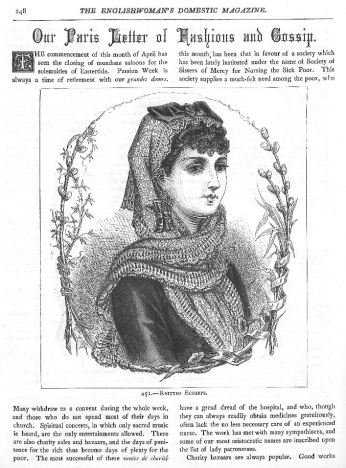
Books
Books in the collection include fashion treatises such as Dress as a Fine Art, written by the pioneering Victorian writer Mary Philadelphia Merrifield. In this book, Merrifield used her expertise in art and science to validate the study of fashion as a serious topic. Our copy of Dress as a Fine Art is an original 1854 edition.
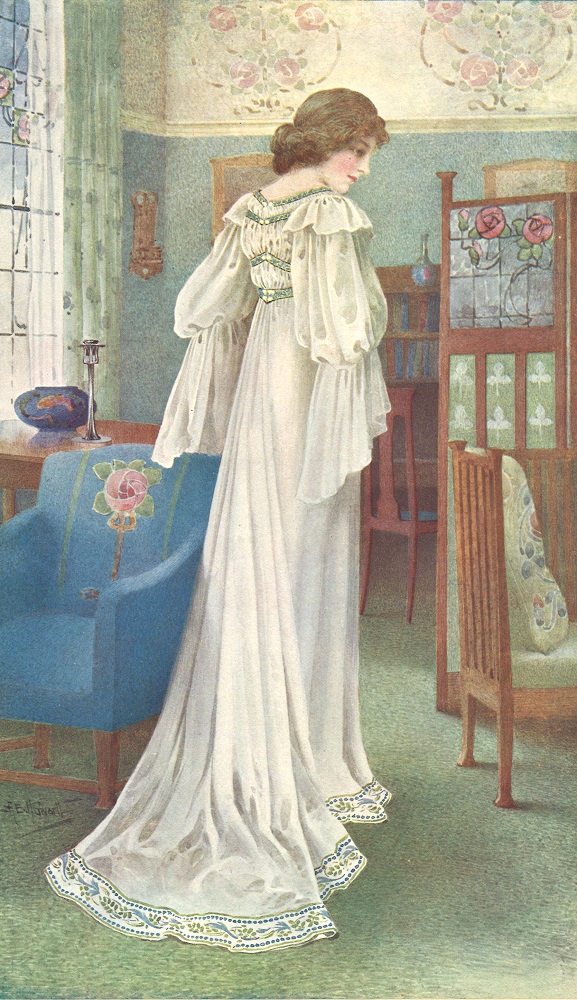
The collection also features books of illustrations such as Weldon’s Historical and Fancy Costumes, published around 1870, and Dress and Decoration, published by the London clothing company Liberty & Co. around 1905. These books feature beautiful images of the historical costumes of several nations, ranging from ancient Greek gowns to French 15th-century robes.
Ephemera
Finally, the collection includes a box of fashion-related ephemera, consisting of catalogues, promotional materials, trade publications and press cuttings. Highlights include a set of cards depicting outfits made by Barran & Sons, who were one of Leeds’ most successful clothing manufacturers in the 19th and early 20th centuries. The cards, which were produced from 1900-1909, show various suits and coats designed for boys and young men.

Other highlights of the ephemera box include a Bestway pattern catalogue, which contains several elegant designs for 1930s evening-wear, and an issue of the 20th-century trade magazine Men’s Clothes, which contains interesting adverts for psychedelic dressing gowns.
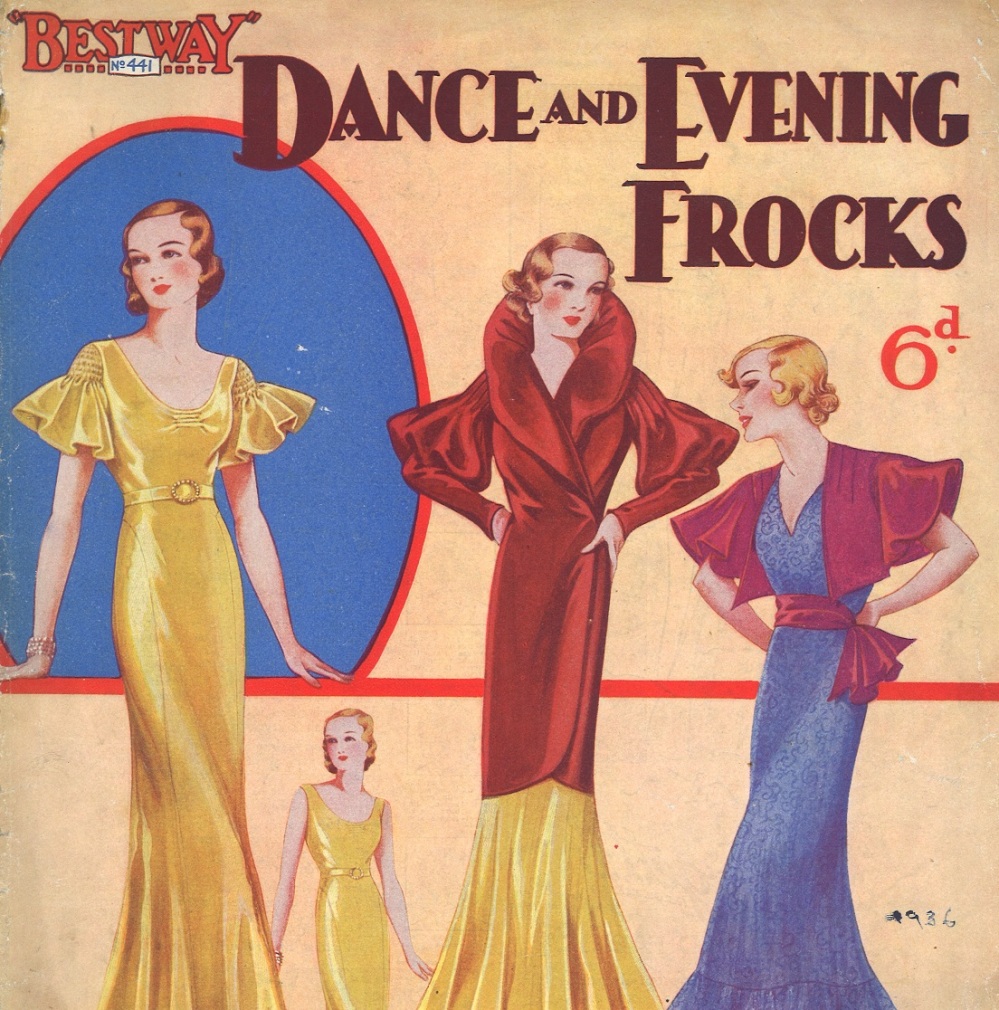
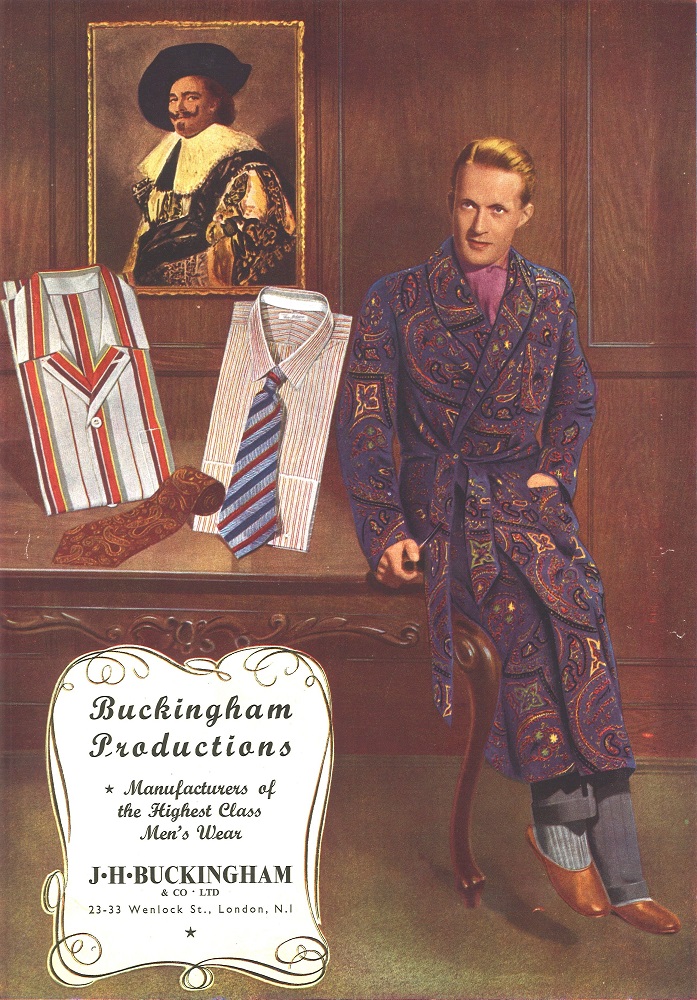
If you would like more information about the Sanderson Collection, please contact the Art Library on 0113 37 87017. A Research Guide listing the highlights of the collection is also available.